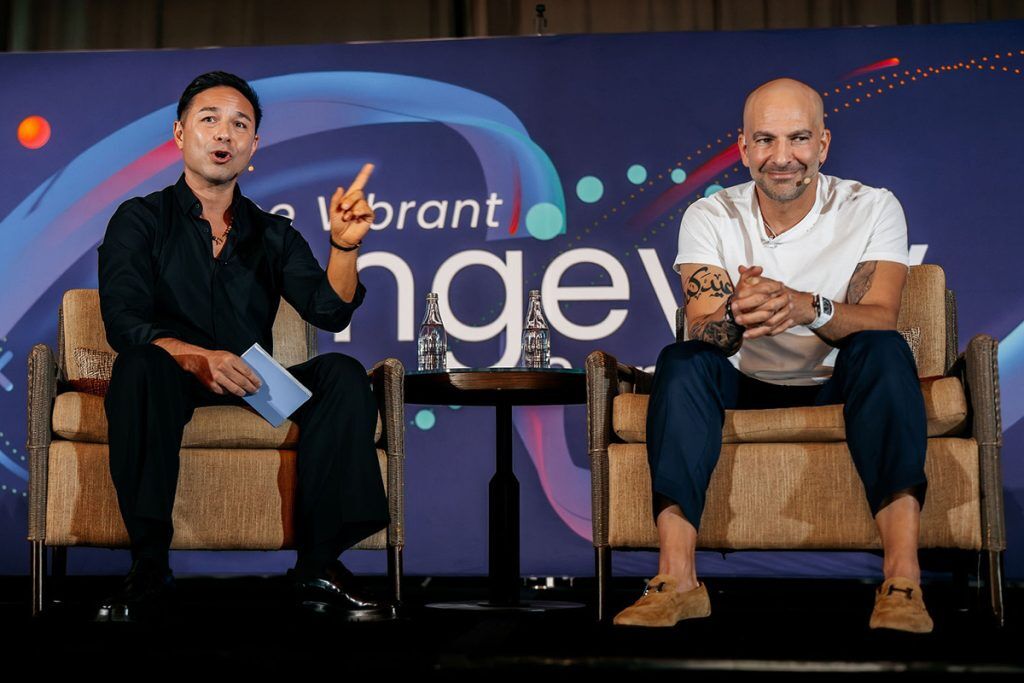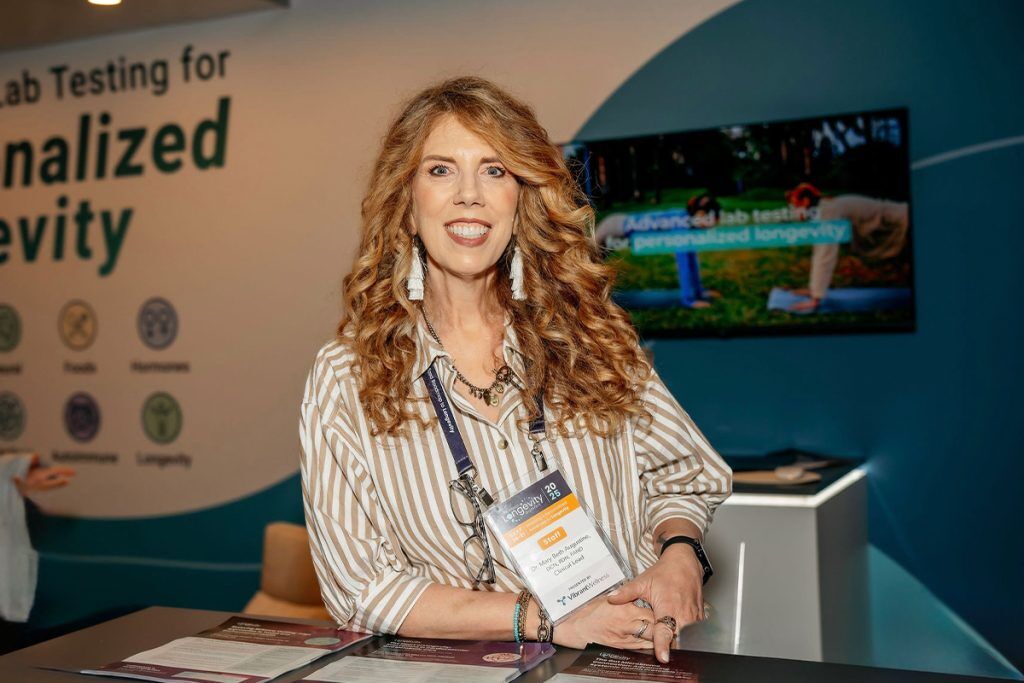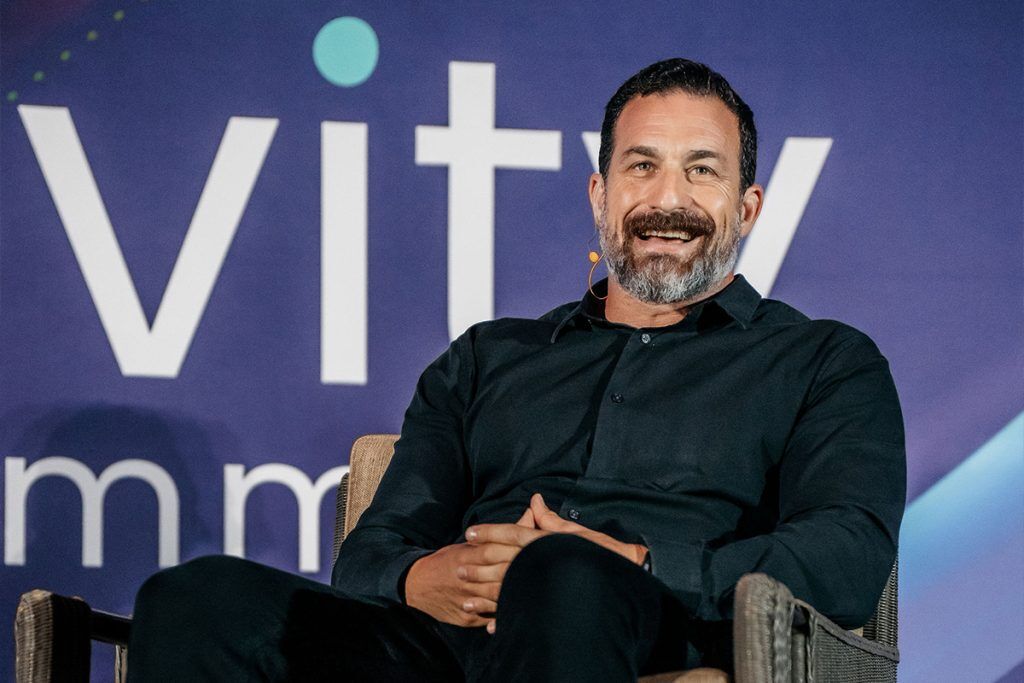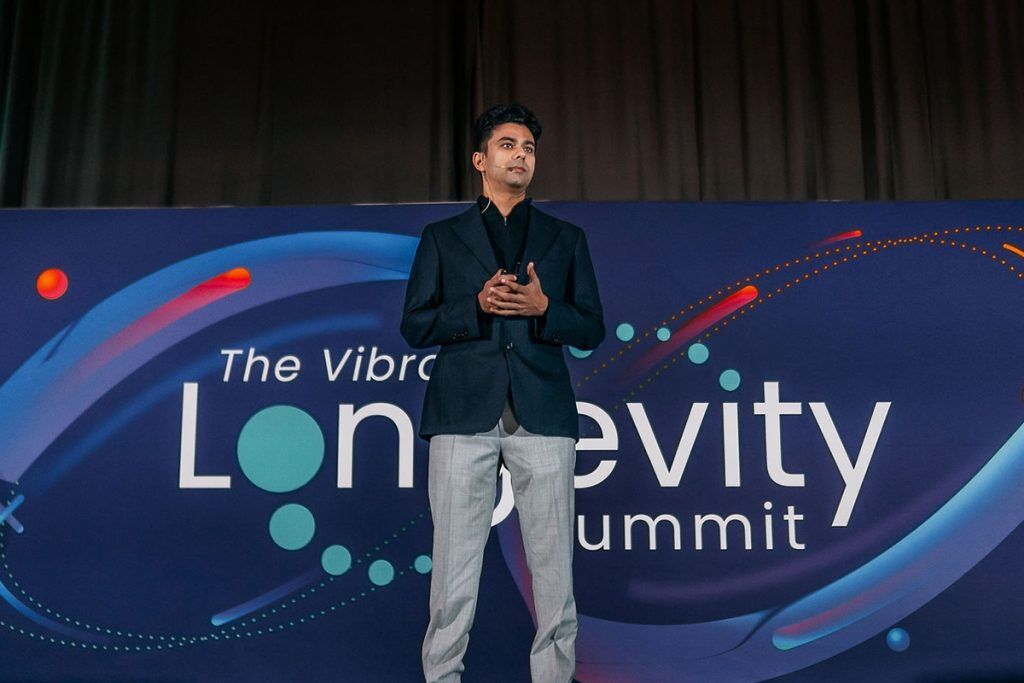Functional and conventional medicine are aligning – and precision testing is reshaping how we define prevention.
Longevity medicine is at a crossroads. Functional and integrative clinicians have long talked about “root cause” and “optimization,” while conventional medicine has tended to prioritize disease treatment and risk mitigation. Yet these worlds are no longer parallel; they are beginning to merge.
That convergence was on display at last month’s Vibrant Longevity Summit in Austin, hosted by precision diagnostics company Vibrant Wellness, where experts from neuroscience, endocrinology, cardiology and nutrition debated what “optimal” health really means – and how advanced testing could help to define it. As aging populations and overburdened health systems force a shift from reactive care to prevention, longevity medicine is moving from the margins to the mainstream.
The new language of prevention
For decades, prevention in healthcare meant vaccination, blood pressure monitoring and annual cholesterol checks. But longevity medicine is reframing prevention through a far more granular lens – metabolic health, hormone balance, mitochondrial function, gut ecology.

Clinicians are now using comprehensive biomarker panels to spot the early drift from balance to dysfunction, years before symptoms appear. Keynote speaker Dr Peter Attia put it succinctly: “Don’t order a test unless the result will change the plan.” He also spoke to the ethos behind precision medicine more broadly: “I believe in precision medicine. You wouldn’t bang a Phillips-head screw with a hammer.” It’s a principle that defines the maturing of longevity medicine – testing for insight, not for its own sake.
Mary Beth Augustine, DCN, RDN, argued that repeat testing now allows practitioners to map biological change over time rather than in snapshots. “By testing and retesting, you can objectively monitor conditions and symptoms over time, enabling more precise treatment interventions,” she explained – a shift from reactive diagnosis to proactive calibration.

From ‘normal’ to ‘optimal’
One of the liveliest debates of the Summit centered on reference ranges. Traditional medicine sets “normal” based on population averages; longevity clinicians argue that “normal” is not the same as ideal.
Emerging consensus suggests that cellular health markers – oxidative stress, mitochondrial function, methylation, inflammatory load – may prove more predictive of aging trajectories than conventional risk factors alone. Genetic polymorphisms (SNPs) are also starting to inform risk models, offering clues to who might benefit from earlier or more aggressive preventive strategies.
Such insights illustrate how longevity medicine is evolving beyond lifestyle advice toward a structured, evidence-based discipline – one that blends biochemical precision with whole-person care.

Bridging the gap between testing and treatment
Precision diagnostics are only as valuable as the interventions they inform. Panels on hormone optimization, gut health and cardiometabolic risk each emphasized that data must translate into practice – and that interpretation is as crucial as the tests themselves.
As Attia cautioned, longevity medicine can sometimes be distracted by the glitter of new therapies – hyperbaric chambers, NAD drips, peptides – when fundamentals like movement, sleep and nutrition remain the most reliable levers for extending healthspan. The message was clear: technology should sharpen clinical judgment, not replace it.
Data, AI and the human factor
Artificial intelligence featured prominently in Austin’s discussions, not as a replacement for medical expertise but as an amplifier of pattern recognition. As Vasanth Jayaraman, COO of Vibrant Wellness, noted: “AI cannot replace labs. I think of labs as hardware for diagnostics. AI can support practitioners in looking more closely at the cellular levels of patient samples, but doctors must remain at the front end of diagnosis and treatment.”

That sentiment reflects a broader truth about longevity medicine – its success will depend on integration, not automation. Advanced analytics, wearables and multi-omic assays may extend our reach, but the real art lies in translating data into decisions that matter to patients.
A field finding its form
As longevity moves from aspiration to application, the challenge is coherence. Testing is becoming more accessible; interpretation more complex. The next phase of progress will depend on standardizing data, validating biomarkers and making precision diagnostics both affordable and interpretable – not only for private clinics but within public health frameworks, too.
The Vibrant Longevity Summit captured a moment in that evolution: a community acknowledging that credible longevity medicine must be measurable, reproducible and clinically grounded. The question now is not what we can measure, but how we use it – and whether the promise of personalized health can truly be matched by the practice.


